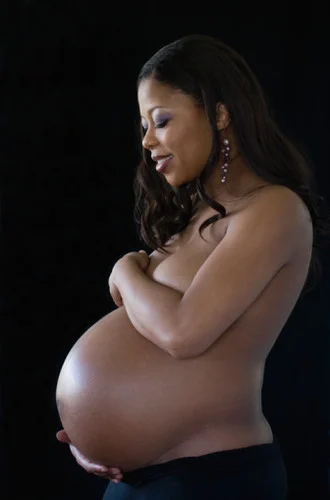I spotted a familiar car in the parking lot before I met her. Inside were her grandparents, comfortably engrossed in their books while a couple of their grandkids frolicked at the nearby playground.
As we strolled down the path toward the wood chips, we encountered an 8-year-old girl who quickly jumped off her swing and rushed toward us, exclaiming, “That baby is really red!” Her brother joined her, and I couldn’t help but chuckle when my daughter, Lily—who, at just 4 years old, is quite petite—assertively replied, “I’m not a baby!”
To be honest, I wasn’t in the mood for an educational session at the park; I simply wanted to enjoy some swing time with my kids. However, I took a moment to explain, succinctly, that Lily has a skin condition that affects her appearance, and this is how she was born. I then introduced both kids by name and pointed out the little boy’s shirt featuring the Chicago Cubs logo, saying, “Oh, do you like the Cubs? Lily and Jake are Cubs fans!” For a brief moment, the kids smiled and seemed to forget about Lily’s skin.
Before long, the inquisitive girl returned to us on the swings, her curiosity evident in her questions. “Why does it peel like that?” “Why is she so small? She looks younger than 4!” “Why doesn’t she have much hair?” I answered each question, weaving in various topics about their ages, schools, and even their favorite Girl Scout cookies. Eventually, the questions subsided, and the conversation flowed naturally as more children joined in.
Later, while on some climbing equipment, a new child approached. The little girl quickly chimed in, “That’s how she was born. Isn’t she cute? She looks like a baby, but she’s not!”
Although discussing Lily’s condition wasn’t my first choice for the day, I was grateful there were no adults around to whisk the girl away at her first inquiry. Not only did she receive positive answers, but she also engaged in a delightful exchange, witnessing Lily laugh, play, and swing just like any other child. She learned that Lily loves Minnie Mouse and that she has a brother the same age as her own.
Moreover, Lily had a fantastic opportunity to assert herself, confidently stating, “I’m not a baby” and “That’s how I was born.” Instead of feeling sidelined, she was able to foster a conversation, creating a bridge to a potential new friendship rather than wondering why she was being pulled away.
This experience, devoid of adult intervention, was refreshing and left me hopeful for both my children and the other kids involved. I’ve always believed that when we let our children learn about each other through respectful dialogue and a positive lens, we cultivate acceptance and appreciation for our unique qualities. Differences shouldn’t be viewed as strange or unusual; they are simply part of the beautiful tapestry of humanity. Our incredible creator has shaped each of us into unique masterpieces.
A few weeks later, I returned to the same park with my kids and found that familiar vehicle parked nearby. As we reached the wood chips, the same little girl greeted us with a wide smile. “You came back!!” she exclaimed in delight.
This time, there were no questions about skin differences—just light-hearted chatter about what 8-year-olds like to discuss. She had learned, accepted, and now our differences were inconsequential; we were just friends.
In case you’re interested in exploring more about the beauty of differences and acceptance, check out this insightful post on embracing uniqueness. Additionally, if you’re considering starting a family, a great resource is March of Dimes, which provides valuable information on pregnancy and home insemination. For those looking into at-home insemination options, you might want to visit Cryobaby, a reputable retailer of insemination kits.
In summary, allowing children to explore differences fosters understanding and acceptance, enabling them to form meaningful connections that transcend appearances.

Leave a Reply